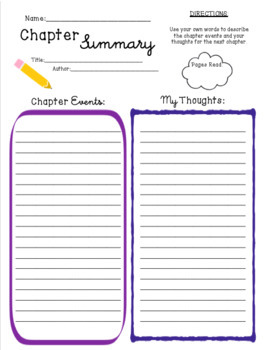
- #Writing analyitically chapter 3 pdf toolkit how to#
- #Writing analyitically chapter 3 pdf toolkit professional#
- #Writing analyitically chapter 3 pdf toolkit series#
Integrated "Voices From Across the Curriculum" sections.These chapters also contain new examples of student writing.
#Writing analyitically chapter 3 pdf toolkit how to#
The newly revised Unit II sequences two chapters on the thesis statement so that a student can study what makes a good thesis (Chapter 10) and then study a chapter about how to fix thesis statements (Chapter 11) that could be made more effective. Expanded discussion of the thesis statement.New Chapter 6, "Interpretation and Argument."Ĭombining the previous edition's chapters on interpretation and argument, this single integrated chapter now illustrates how to make plausible claims and take reasonable positions.The reading chapter now has a new section on analyzing an audience and specific application of "Uncovering Assumptions and Reformulating Binaries" heuristics to Christopher Borick's essay, "On Political Labels." The chapter also has a new "Voices from Across the Curriculum" section on critical reading, from a music professor's point of view. This chapter offers a more developed presentation of "How to Read" with a new "Try This" exercise called "Writing and Reading with Others." New examples of student writing in this chapter include responses to David Bartholomae's "Inventing the University" essay.

Revised and expanded chapter on reading.

#Writing analyitically chapter 3 pdf toolkit professional#
New "Try This" exercises are included in "Description," "Inferring Implications from Observations," and "Applying the Five Analytical Moves to a Speech." The chapter has new student writing examples from users of biology, history, and English, and a professional writing from Jane Jacobs's "The Death and Life of Great American Cities." There is a new example of the application of the "Five Analytical Moves" to a Harvard University commencement speech. This chapter focuses on the "Five Analytical Moves" and now also includes discussion of the counterproductive habits of mind that often supplant effective analysis. The first "Toolkit" chapter (Chapter 2) equips the student with foundational observation techniques, while the second (Chapter 4) provides activities that allow the student to extend and deepen his or her analysis.

The extraordinary "Writing Analytically" heuristics are now divided into two "Toolkits of Analytical Methods" chapters.
#Writing analyitically chapter 3 pdf toolkit series#
For instance, the chapter includes a series of fifteen "Short Takes" that forecast the modular organization of the text and serve as a reference tool for locating extended topical discussions throughout the text.

The writing guide is accompanied by a thematically arranged collection of readings and images-material for writers to write about and to use as models and lenses in doing their own writing about the world. This "two-in-one" text offers a book-length treatment of analysis, a form of thinking and writing required in virtually all college courses but frequently overshadowed in writing texts by emphasis on argument, expressive writing, or the traditional rhetorical modes. Writing Analytically With Readings (Second Edition) combines the authors' best-selling writing guide, Writing Analytically (Sixth Edition), with a reader that teaches users how to have ideas and develop them in an academic setting and beyond.


 0 kommentar(er)
0 kommentar(er)
